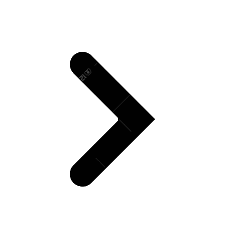-
Download the Part X guide

-
Terms used in this guide

-
Introduction

-
Does Part X of the CYFSA apply to you?

-
Collection, use, and disclosure of personal information

-
Consent and capacity

-
Safeguarding and managing personal information

-
Access to records of personal information

-
Correction of records

-
Offences and immunity

-
The role of the Information and Privacy Commissioner

-
Definitions

-
FAQs

Conditional consent and withdrawal of consent
Individuals may choose to place a condition or limit on their consent. For example, they may consent to have some records of personal information disclosed to a third party, but not others.
You must respect these conditions unless they restrict or prevent a service provider from recording personal information where required by law or by an established standard of professional or institutional practice.64 For example, an individual providing information about a child who may be in need of protection cannot restrict a child protection worker from documenting this information.
|
A youth would like to receive ongoing support from an Indigenous child well-being society. However, she tells the society she doesn’t want them to document or store any of her personal information, because she knows an employee of the society and is worried they could read the record. The society worker explains that legislation and professional standards require them to document certain information in order to provide the service. They speak with the youth about other ways her concerns may be addressed. For example, this could include options for restricting that employee’s access to the record. |
An individual may also choose to withdraw their consent at any time by providing notice to the service provider.65 If an individual notifies you verbally that they are withdrawing consent, you should record the direction, the date you received it, and how you became aware of their direction. Ensure that other employees within your organization who are providing services to the individual are aware that consent has been withdrawn.
Note that a withdrawal of consent does not apply in situations where consent is not required to collect, use, or disclose personal information. For example, if the law requires disclosure, you can disclose even if an individual has not provided consent or has withdrawn their consent.
This post is also available in: French






